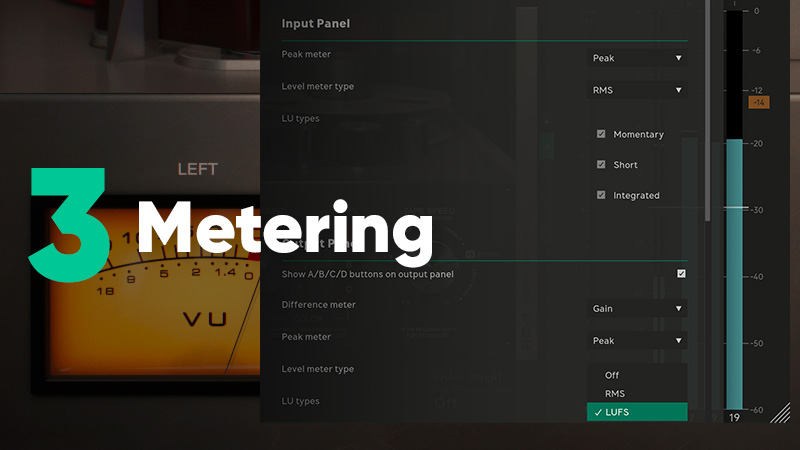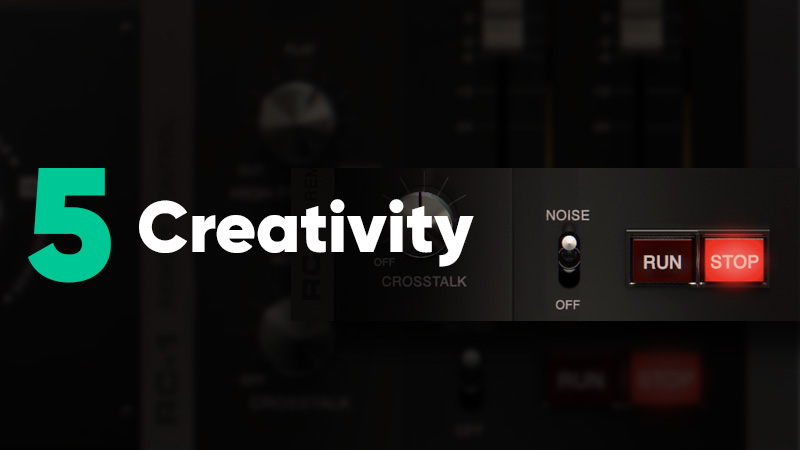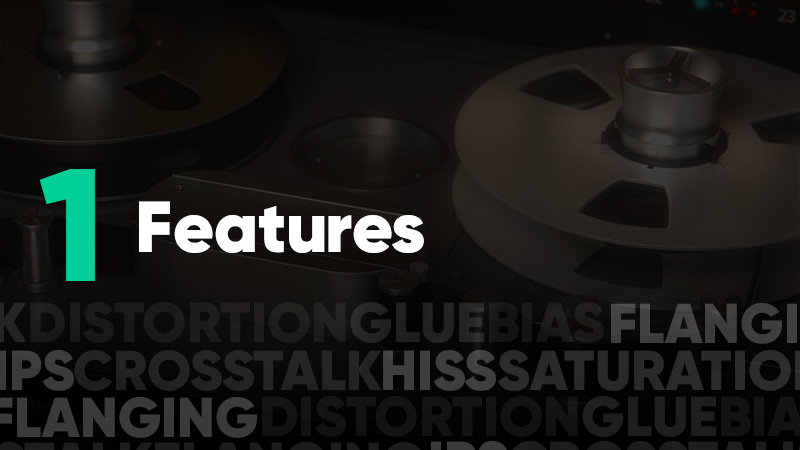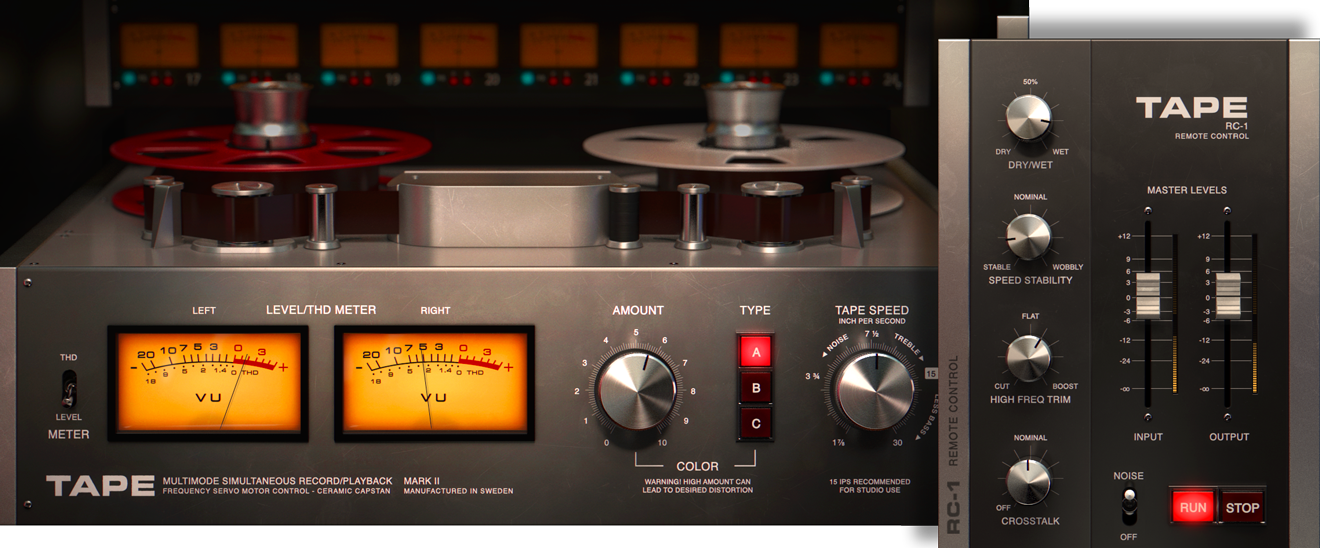
3. Metering you can easily understand
There is more to metering than VU. A THD meter, for instance, can clarify how much distortion your plug-in is giving you, while modern Peak and RMS meters will show you how the peaks are being shaved off. Built-in mastering-class LUFS meters, on the other hand, let you ensure that your project is ready for all platforms when it's time to add that final polish to the master bus. A standard-issue VU meter is helpful in some circumstances, of course. But advanced meters can be instrumental in helping you fully appreciate how the tape machine is affecting your sound.

4. Tape speeds with real range
Subtle is great. But when it comes to tape machine emulations, look for plug-ins that do more than that. With a broad set of tape speeds, you can do nuanced but also extreme—and everywhere in between. Lower tape speeds, for example, enable you to get a lot of flavor from the machine. Keep your eye out for tape plug-ins that offer a comprehensive range of speeds and sound quality that stays high no matter what.

5. Creative effects (and side-effects)
Tape wobble, hiss, crosstalk, start and stop—the things traditional tape operators tried to avoid are what make tape emulation plug-ins so much fun to play with. Of course, it is vital to get a tape machine emulation that can add shine to the master bus, but you will be best served by a plug-in that can be a creative tool too. Look for tape plug-ins full of glitchy antics that can also be sophisticated when needed.

There you have it: our top five tips for choosing a tape plug-in. Now, you can go forth and shop—and mix—with confidence. Learn more about our range of tape emulations below. And try them free for up to 20 days.





